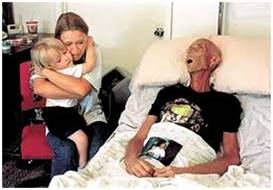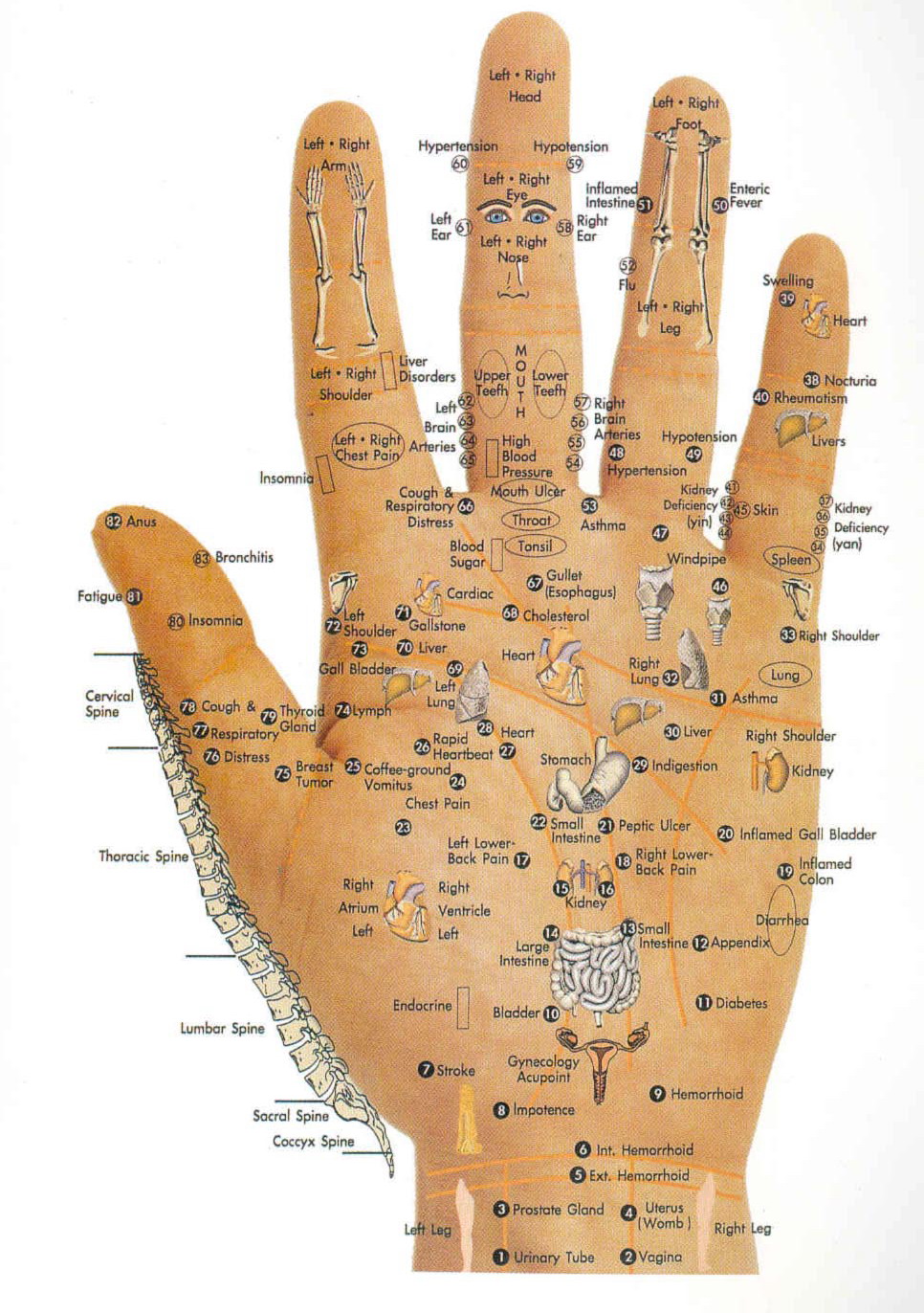
How to Quit Smoking?
Why Do We Start to Smoke Interested in experimenting Parents or friends smoke Looks cool Want to fit in Friends pressurize to smoke To get rid of gastric problem To fire-out stress & tiredness … and many other reasons Why Do We Continue to Smoke Nicotine addiction Tough to quit! Something to do with your hands Stimulation nicotine stimulates Do not know how to quit smoking Feels good or like it Relieves or friends stress to continue Other reasons? Why to Quit Smoking Smoking is killing you and your lovers. It is your real enemy. If you do not know enough about your enemy, it will defeat you. To defeat your enemy, you must know it in depth. Smoking Facts: Tobacco is only legally sold product that is DEADLY when used exactly as the manufacturer intended. Smokers with 1-14 cigarettes a day, have 8 times the risk of dying from lung cancer compared to non-smokers. Smokers with above 25 cigarettes a day, have 25 times this risk. Smoking leads to an earlier menopause in women. On average women smokers go through the menopause up to 2 years earlier than non-smokers and are at a greater risk of developing the bony tissue disease. Smoking is associated with increased sperm abnormalities and with impotence in men. Smoking causes at least 80% of all deaths from lung cancer, around 80% of all deaths from bronchitis and emphysema and around 17% of all deaths from heart disease. Hundreds of the cases of lung cancer and thousands of the cases of heart disease in non-smokers every year are caused by passive smoking. Tobacco kills around 120,000 people in the UK every year, about 330 every day – as if a plane crashed every day and killed all its passengers, around 20% of all deaths. A young smoker suffering from bronchitis or emphysema who gives up will see improvement in lung function. Damage to lungs caused by years of smoking is permanent but quitting smoking prevents it worsening. Smoking is Global: Second major cause of death in the world – about 5 million deaths each year 10 million deaths each year by 2020. Half the people that smoke today 650 million people- will eventually be killed by tobacco. (World Health Organization) Cigarette Contains Carbon Monoxide Arsenic Ammonia Acetone Formaldehyde Methanol (Rocket Fuel) Hydrogen Cyanide (Rat Poison) ….. and Nicotine! Facts About Nicotine A drug found only in the tobacco leaf At low doses it can stimulate nerve cells At high doses it is a poison that has been used as an insecticide Two to three drops of pure nicotine can kill you What Does Nicotine Do Within 7 seconds, one-quarter of the nicotine has gone straight to the brain. It has a powerful effect on the brain and the central nervous system. Causes your brain to release a “pleasure” chemical called Dopamine. Nicotine receptors on your nerve endings receive the Dopamine and create “Happy” nerve cells. The Dopamine gives you a false sense of well-being, and soon the body wants more and more on a regular basis. This is the beginning of an addiction. Smoking: Short-Term Effects Bad Smell perfume will not hide it Bad Teeth Bad Breath Get More Colds / Sickness Sore Throat Headaches High Blood Pressure Wastage of Money Smoking: Long-Term Effects Hardening of blood vessels in heart & brain Increased risk of heart attack & stroke Lung Diseases (emphysema & bronchitis) Increased risk of cancer Stomach Ulcers & Cancer Cataracts & blindness & Other illnesses Smoking Related Diseases: Bronchitis Emphysema Heart disease Cancer Kidney diseases …. and many others The Smoker’s Lungs: You can see how the lung looks without the effects of inhalation of smoke. Note black specks throughout indicative of carbon deposits from pollution. Smokers lung with cancer. This is what killed the person. The blackened area is just the deposit of tars that all smokers paint into their lungs with every puff they take. Smoking Effects on Pregnancy: Increased risk of: Miscarriages Premature births Low birth weight infants Respiratory infections Middle ear infections Meningococcal infections Asthma …. and many other health problems. What is Second-Hand Smoke Second-hand smoke is more dangerous than directly inhaled smoke. It is harmful even when you cannot see or smell it. Second-hand smoke releases the same 4,000 chemicals as smoke that is directly inhaled, but often in even greater quantities A big number of non-smokers die from lung cancer each year because of second-hand smoke. Second-Hand Smoke Effects Smoking is like killing with slow-poisoning. Continuously inhaling the smoke results in swear illnesses resulting to death. Short-term: Eye irritation Headache Nasal discomfort and sneezing Cough and sore throat Nausea and dizziness Increased heart rate and blood pressure Increased risk for people with heart disease (angina), asthma, allergies. Long-term: Childhood asthma and other breathing difficulties. Reduced ability to take in and use oxygen Heart disease and stroke Lungs cancer Reasons to Quit Giving up smoking can reduce the risk of developing many health problems. Stinks, bad breath, yellow skin Family/Friends Cost too much Peer pressure (fewer smokers) Fewer places to smoke in public Do not like it anymore sick of it Other reasons? How to QUIT? Formulate a plan decide on the best approach for you. Two ways to quit All at once Cutting back Based on the way you want to quit there are a lot of tools out there to help you. Quit Aids Strong Will Power Green Cardamom Chew Gum Pills Zyban Nicotine Inhaler Breath Mint E-Cigarettes Alternative Treatments: Acupressure Reiki Hypnosis Tips to Quit The 4D’s ….. Drink water, Deep breathe, Delay and Do something different Brush your teeth, chew regular gum Eat breakfast first Make your home smoke free or at least limit smoking to one room Make your vehicle smoke free Exercise and eat right Stay positive! References familydoctor.org www.smokefree.gov www.surgeongeneral.gov/tobacco http://www.cdc.gov/tobacco/quit_smoking http://www.cancer.org/Healthy/StayAwayfromTobacco www.smokefreefamilies.org www.helppregnantsmokersquit.org =============== Prime Cancer Care & General Hospital (PCCGH) Prime Institute of Health Sciences (PIHS) One Kilometer from Motorway Chowk (Chungi No.26), Motorway Service Road,

